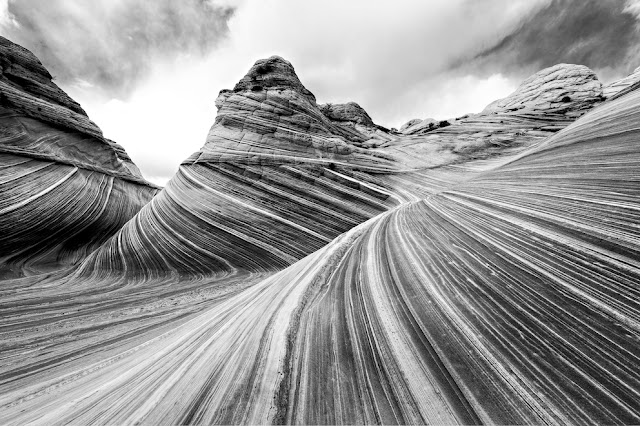GIDEON JACQUES DENNY (1830-1886)
Cobb Mountain (14,40 m - 4,723 ft)
United States of America (California)
In City of Lake Port on Clear Lake, 1876. Oil on canvas. Crocker Art Museum, Sacramento
The painter
Gideon Jacques Denny (1830–1886) was a landscape artist speciailized in marine artist. So the mountains painted in his works are always more or less "accidental" ! Born in Wilmington, Delaware on July 15, 1830, he worked on ships in the Chesapeake Bay. He traveled to California in 1849 with the Gold Rush. He worked as a teamster on the San Francisco docks and was a member of the San Francisco Committee of Vigilance. After two years in California, he moved to Milwaukee, where he studied painting with Samuel Marsden Brookes. After six years of study in Milwaukee, Denny returned to San Francisco and established a studio on Bush Street. In 1862, Brookes moved to San Francisco and shared a studio with Denny. In 1868, Denny spent two months in Hawaii visiting several islands. He is also known to have visited Canada and South America. Denny died of malaria in Cambria. The Berkeley Art Museum and Pacific Film Archive, the Bishop Museum (Honolulu), the Crocker Art Museum (Sacramento, California), the Fine Arts Museums of San Francisco, Monterey Peninsula Museum of Art, and the Oakland Museum of California are among the public collections holding works by Gideon Jacques Denny.
The mountain
The Lakeport area is located on a sediment-filled valley adjacent to Clear Lake. The majority of faults in the County are located in the Cobb Mountain area. Cobb Mountain (1,440 m- 4,720 feet ) is the tallest mountain in the Mayacamas Mountains of California. The mountain also has a sub-peak named Cobb Mountain – Southwest Peak (1367 m- 4483 ft). Southwest Peak lies on the Sonoma-Lake county line and is the highest point in Sonoma County. Nearby tall peaks like Mount Saint Helena and Snow Mountain can be seen from this summit. Cobb Mountain is one of the mountains in the Cobb Mountain Area, many of which have volcanic origin. Others are Boggs Mountain, Mount Hannah and Seigler Mountain. There are isolated small valleys and basins between the mountain peaks. The east end of Cobb Mountain drains into the headwaters of Putah Creek, then into the Sacramento River, the San Francisco Bay, and the Pacific Ocean. The south slopes of Cobb Mountain drain into Anderson Creek, and thence into Putah Creek. The southwest slopes of Cobb Mountain drain into Cobb Creek, thence into Big Sulphur Creek, the Russian River, and into the Pacific. The northwest slopes of Cobb Mountain drain into Alder Creek, thence into Kelsey Creek, Clear Lake, Cache Creek, and the Sacramento River. The northeast slopes of Cobb Mountain drain into Kelsey Creek. Much of Cobb Mountain lies within The Geysers Geothermal Field, and several geothermal plants are located on the mountain. Other areas on the mountain are owned by Cobb Mountain Spring Water (now sold as Mayacamas Mountain Spring Water) or are privately held timberlands. Because much of Cobb Mountain is privately owned, it is largely not accessible to the general public. The mountain is named after John Cobb, the first pioneer to settle in the area. In 1853 he arrived in California and homesteaded in Cobb Valley and went on to become the county assessor and the road overseer for the Clearlake District in 1855. He built a combined saw and gristmill in 1859, which was later destroyed by fire. He sold his interests and moved to Napa County around 1860. The Cobb Mountain area was devastated in 2015 by the Valley Fire, including much of the town of Cobb, as well as several geothermal facilities.
___________________________________________
2021 - Wandering Vertexes...
by Francis Rousseau


















